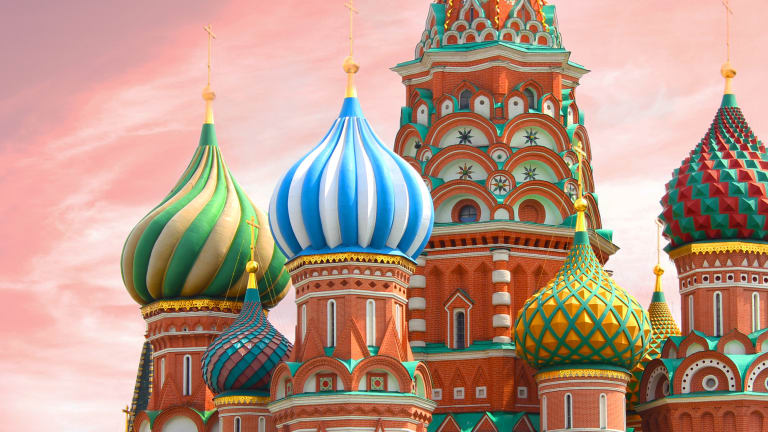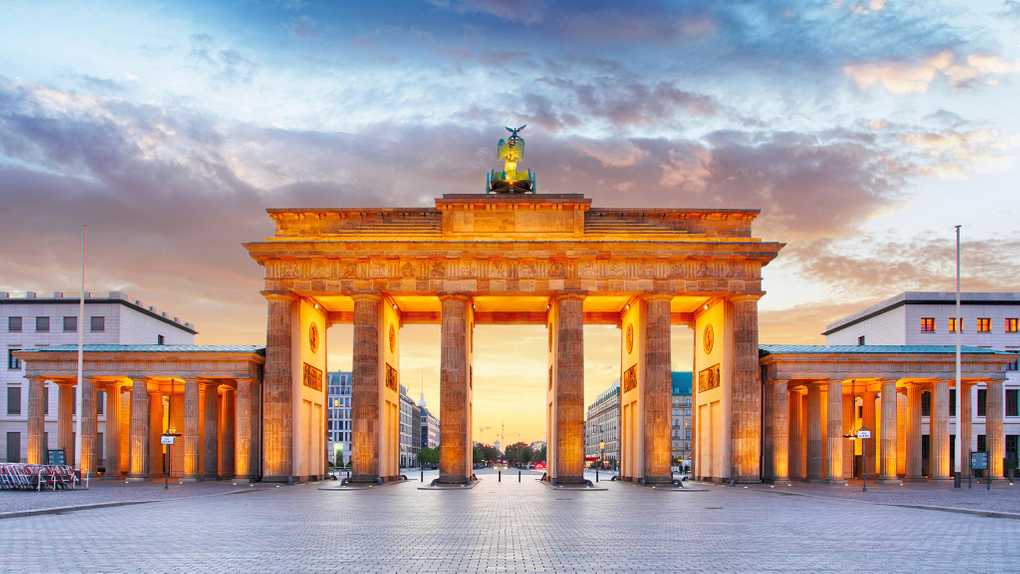Since the beginning of 2010, the world’s central banks have turned from sellers of gold into buyers.
The top 10 central banks holding the largest gold reserves have remained almost unchanged in the past couple of years. The first place is occupied by the United States, with more than 8,000 tons of gold in storage.
However, not every central bank is a net buyer. For the second year in a row, Venezuela has been selling gold to pay off debt.
According to forecasts, 2018 could be another solid year for demand for the yellow metal. According to
World Gold Council, in the first quarter, gold demand rose 42% year on year. Central banks prefer gold in times of uncertainty as the metal retains its purchasing power.
Below is a ranking of the countries with the largest gold reserves, in ascending order.
10. India
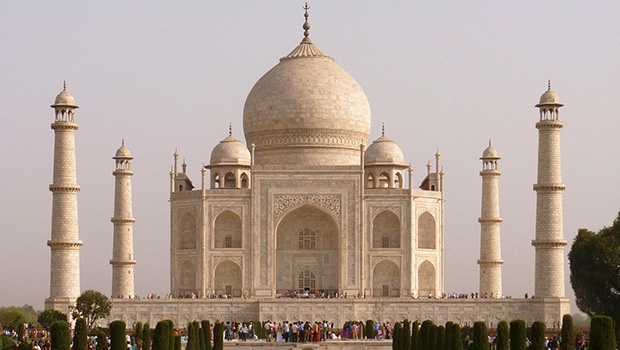
Tons: 560.3
Percentage of foreign exchange reserves: 5.5% India has 1.25 billion people and is the second largest consumer of gold in the world.
From October to December, the country has a festival and wedding season, during which it is customary to give gold jewelry.
9. Holland
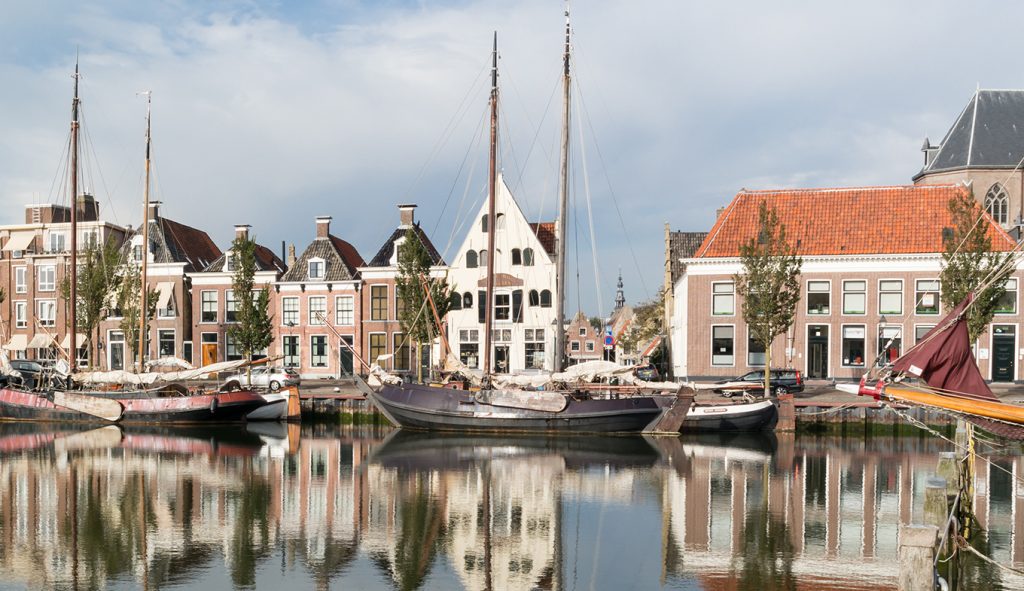
Tons: 612.5
Percentage of foreign exchange reserves: 68.2%
The Dutch central bank recently repatriated large amounts of gold from US vaults.
8. Japan

Tons: 765.2
Percentage of foreign currency reserves: 2.5%
Japan, the third largest world economy, is the 8th largest holder of gold reserves. The country’s central bank was one of the most aggressive participants in the quantitative easing program. In January 2016, interest rates were lowered to negative, which pushed up the demand for gold.
7.Switzerland
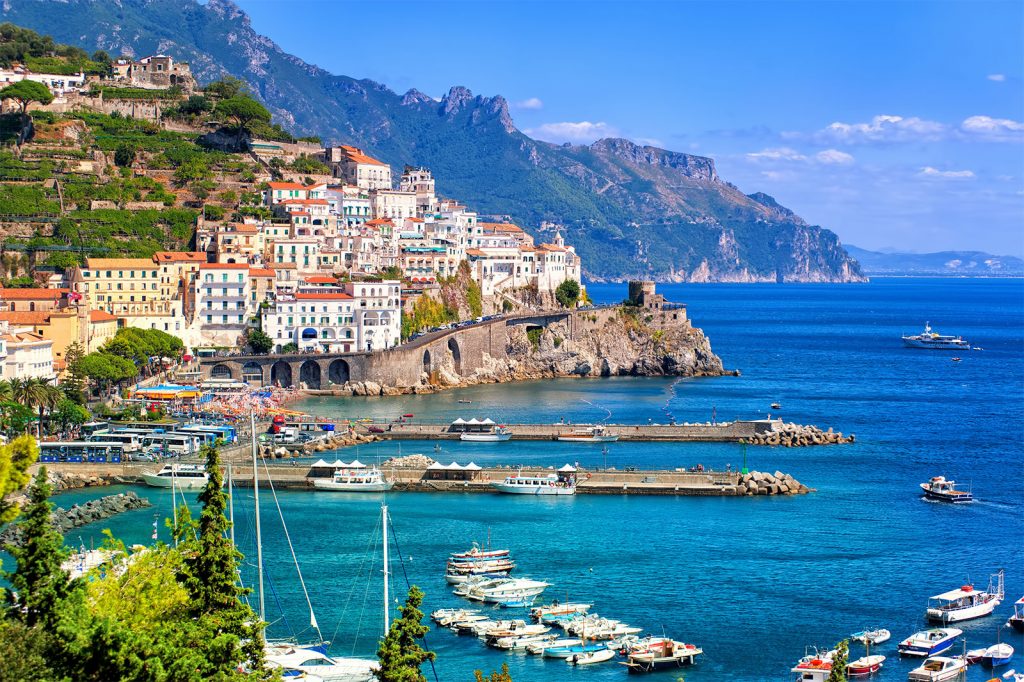
Tons: 1,040.0
Percentage of foreign currency reserves: 5.3%
In seventh place is Switzerland, which has the largest gold reserves per capita. During World War II, the country became the center of Europe’s gold trade. Today, most of the gold trading takes place in Hong Kong and Shanghai.
6. China

Tons: 1,842.6
Percentage of foreign exchange reserves: 2.4%
Percentage of foreign exchange reserves: 2.4% In the summer of 2015, the People’s Bank of China began providing reports on gold purchases on a monthly basis, for the first time since 2009.
Gold accounts for only 2.4% of the central bank’s reserves, at least among 10 countries participating in the rating.
5. Russia
Tons: 1,909.8
Percentage of foreign exchange reserves: 17.6%
The Central Bank of Russia has been the largest buyer of gold in the last 6 years. In 2017, Russia bought 224 tons of gold in an attempt to diversify away from the US dollar, after deteriorating relations with the West.
4. France
Tons: 2,436.0
Percentage of foreign currency reserves: 63.9%
In recent years, the country’s central bank has sold gold reserves, and the head of the right-wing forces Marine Le Pen has called for a freeze on gold sales and repatriation of French reserves from abroad.
3. Italy
Tons: 2,451.8
Percentage of foreign exchange reserves: 67.9%
Italy is keeping its gold reserves under control, arguing that the gold in the Bank of Italy portfolio is a “security guarantee” as well as protection against currency fluctuations against the dollar.
2. Germany
Tons: 3,371.0
Percentage of foreign exchange reserves: 70.6%
In 2017, Germany completed the repatriation of 674 tons of gold from the vaults of the Bank of France and the Federal Reserve Bank of New York. In 2017, the demand for gold fell, but Germany has been steadily investing in gold since the financial crisis.
1. USA
Tons: 8,133.5
Percentage of foreign exchange reserves: 75.2%
US gold reserves exceed the combined figure of the next three countries in the ranking. In addition, the share of gold in the portfolio of reserves and foreign exchange is the highest in the ranking, above 75%. Most of the US gold is stored in Fort Knox, Kentucky, with the rest in Philadelphia, Denver, San Francisco and West Point.
Read More:





